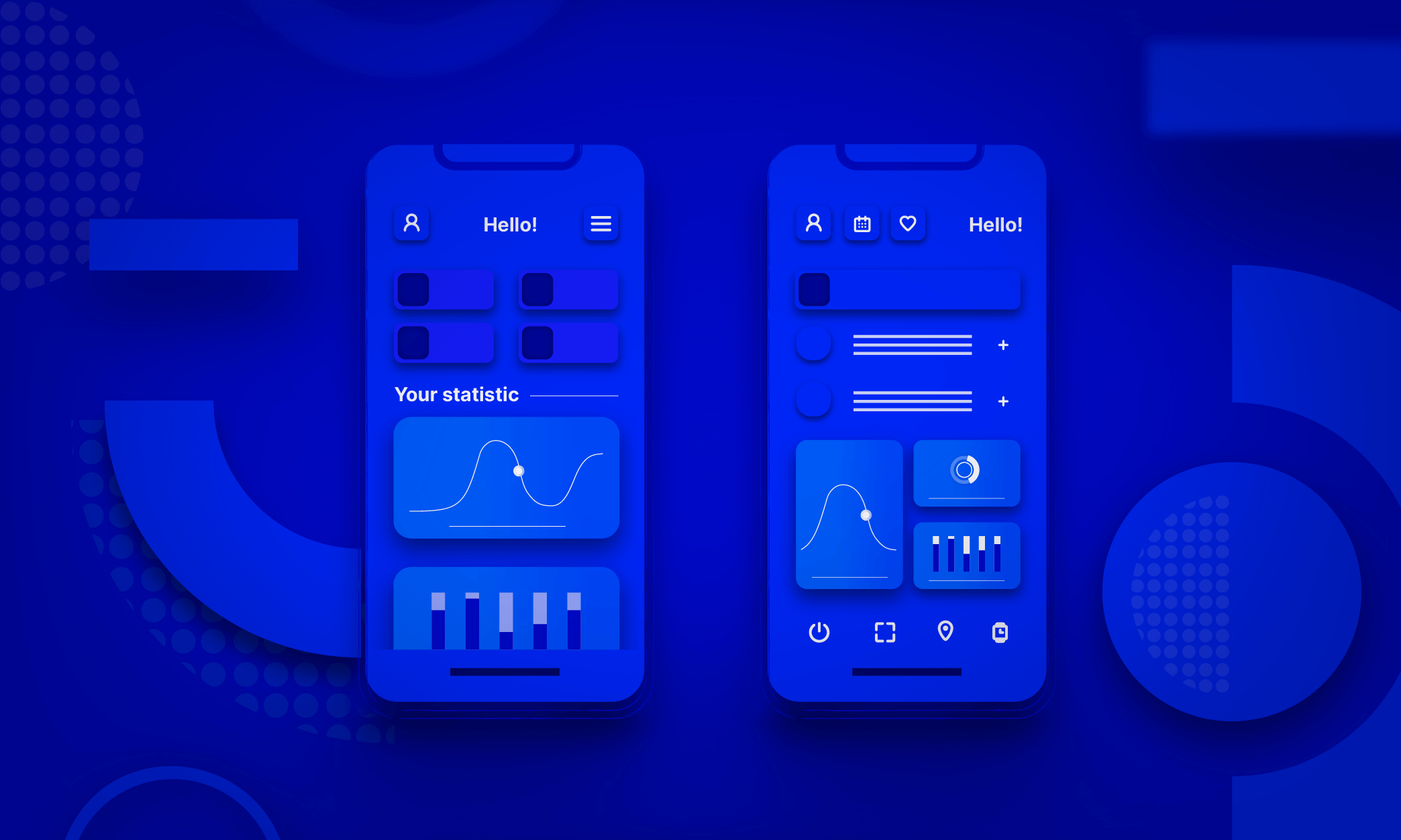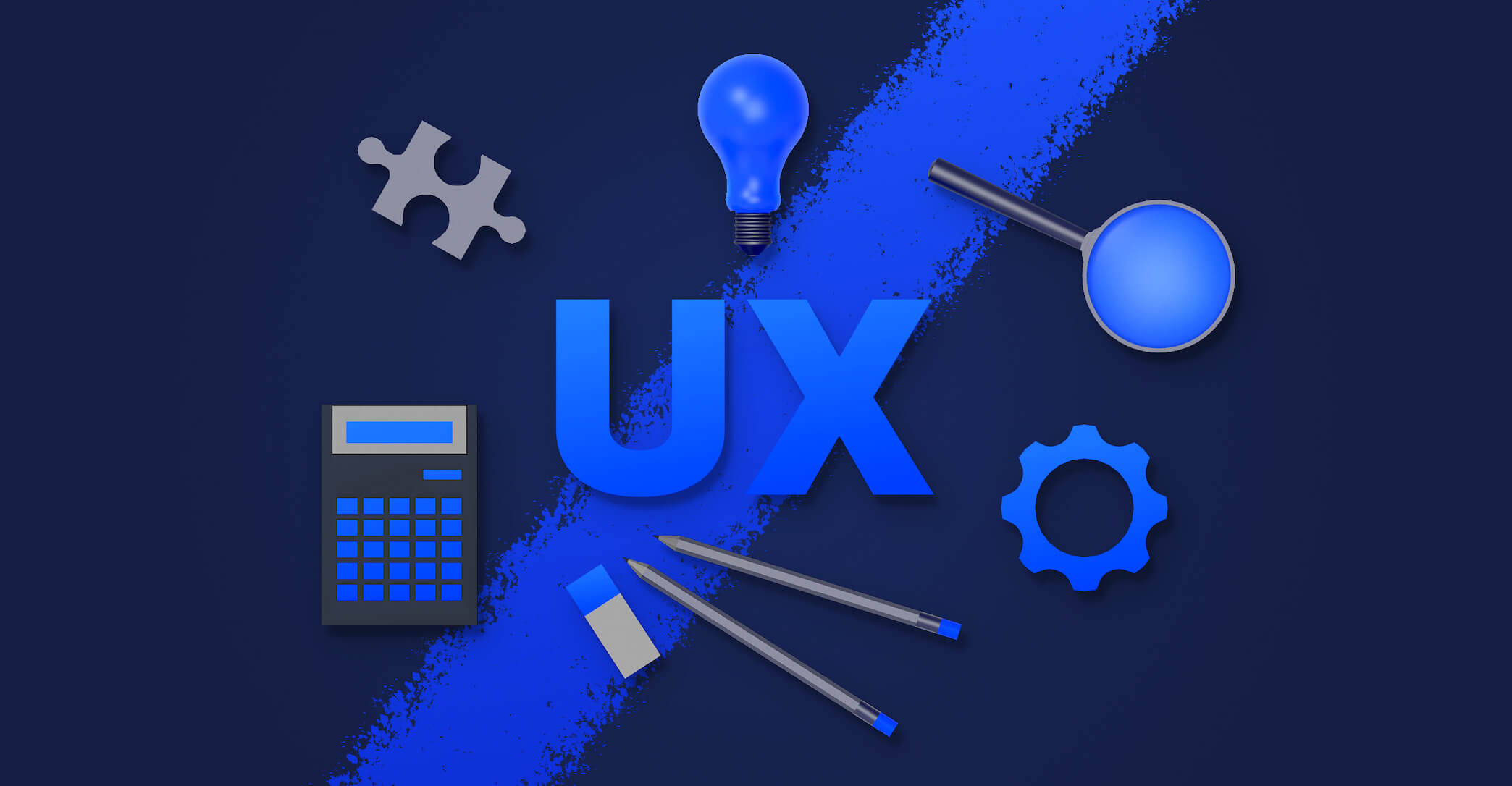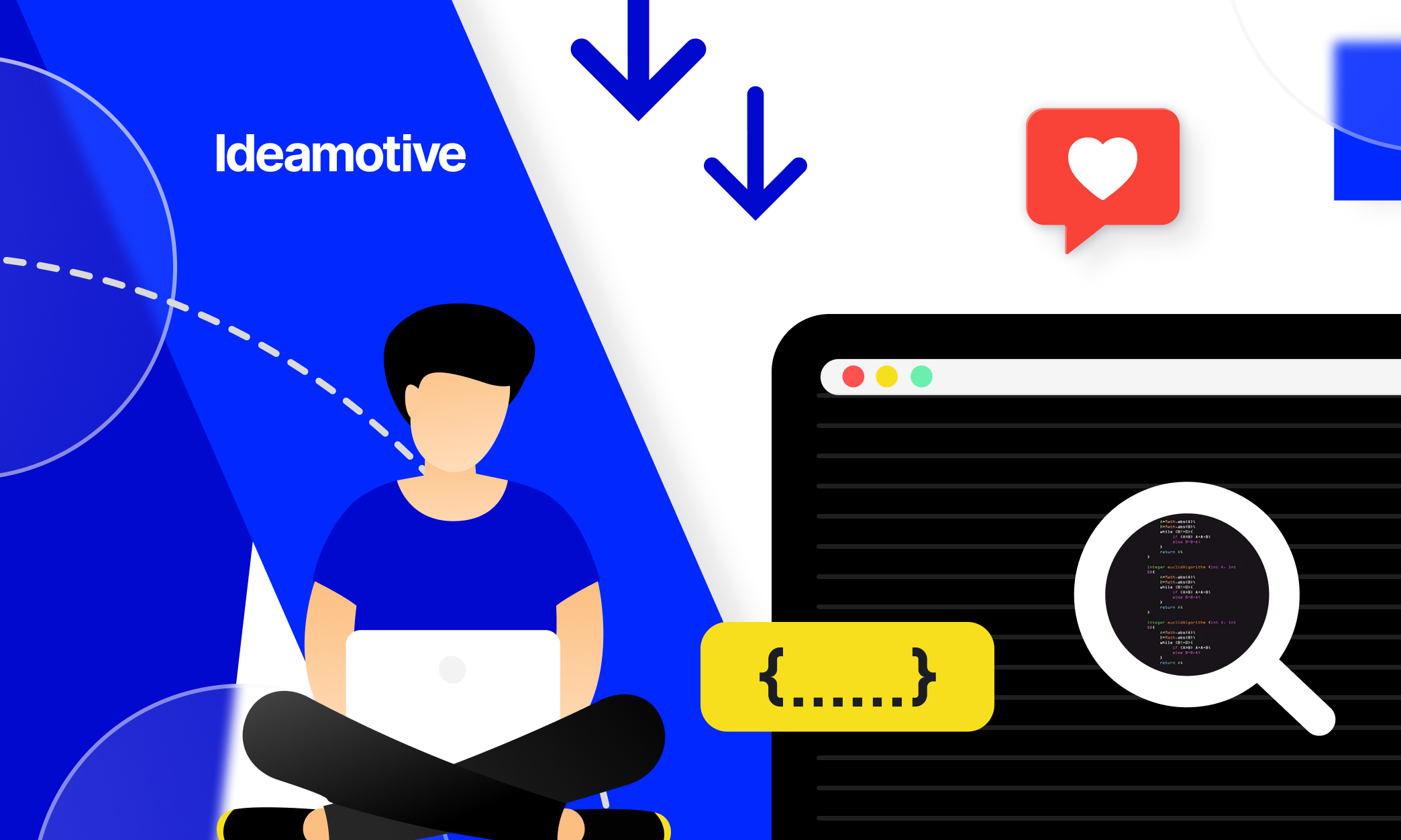Software Prototyping: How to Make Best of It?
So you are going to launch your product. Before launching a software product, it is of high importance to validate your business idea in order to not fall into a trap. For that purpose, software prototyping is an excellent solution to test the feasibility and capture feedback from early adopters and internal stakeholders in the design phase. So why is it essential to your business performance?
First of all, it ensures cost-efficiency to your business since by incorporating rapid prototyping in software engineering, you can enhance the product at the early stages of its development.
Secondly, prototypes help check the market need by gaining insights from users that will definitely bring value for your further business growth. According to CBInsights research, 42% of startups backfired due to their products with no market needs. Therefore, proven ideas with traction beyond are essential while proceeding with the product entering on the final stage of its development.
Low-Fidelity Prototypes vs. High-Fidelity Prototypes
The prototyping method worth selecting depends on the prototype purpose and on the availability of resources you have. Based on that, we outline two common types:
- Low-fidelity prototypes
- High-fidelity prototypes
Low-fidelity prototypes, also known as lo-fi prototypes, are simple concepts visualized through sketching representing the most straightforward framework to detect potential issues and collect feedback from the users in the early stages. It is an easy and fast way to mock up testable concepts without focusing too much on visual appearance but functionality. Low-fidelity prototypes can be represented in wireframes, storyboards, or diagrams.
Benefits of Lo-Fi Prototypes
- Everyone can easily collaborate. Since lo-fi prototypes include a limited amount of UI elements, even non-designers can participate in the process.
- Make changes in real-time. Based on users’ feedback, you can quickly iterate the prototype.
- Optimize time while focusing on the design concept. There is no need to saturate a prototype with interactive and clickable elements; therefore, designers can quickly create a semi-finished prototype in just a few minutes.
High-fidelity prototyping, also known as hi-lo prototyping, is a high-level representation of the final product with plenty of assets, interactions, and integrated details. This type is used while assessing usability at later stages to detect issues in the workflow.
Benefits of Hi-Lo Prototypes
- You get detailed and accurate feedback from users. Having the possibility to test the specific component of a product like navigation, flow, interactions, etc. you empower users to provide more accurate feedback.
- Enhanced visual effects and advanced design details make a prototype near to real software/app leading to effectiveness in collecting human performance data.
- Better chances of attracting clients and investors. Demonstrating a clear idea of how the product will function, you give a presentable view of the product that is supposed to engage and interest more people.
Why You Should Prototype: Benefits of Software Prototyping
You may still wonder why prototyping is so essential in your product development life cycle and if it is a really big asset to your project. Therefore, it is worth considering the benefits of prototyping in software engineering before starting to leverage them into your development process.
Benefit #1 Idea Validation
Conducting prior market research is a must-do in order to avoid a cognitive bias that users definitely will love your product as you do. Prototyping helps validate your idea and test market demand. Most startups’ founders underestimate the significance of identifying problems before offering solutions. Introducing prototypes to potential customers can significantly justify real-world product value. Prototypes can help mitigate risks and adjust the right vector of the business. The creation of prototypes using agile and iterative methods ensure real value to your users by meeting their expectations and needs.
Benefit #2 Enhanced User Involvement
The purpose of prototypes is to accumulate users’ feedback by involving them at the earliest phases of product development. If you want your product to be customer-centric, then you have to deliver a great user experience. When your customers interact with the prototype, thus, taking an active part in the development process, this gives them a sense of affiliation; their insights will be valuable for further adjustments to the final product. Eventually, all this will positively impact brand awareness even before your development team rolls out the ultimate version of the product.
Benefit #3 High-Quality Product
Before writing a single line of code, prototypes help development teams to reduce risks and detect errors at the early stages. Besides, prototyping gets you a step closer to receiving funding from investors. Elaborating upon the idea during UX/UI prototyping results in the efficient process of product development and, subsequently, is a good investment in developing high-quality software products.
Benefit #4 Get Fast Users’ Feedbacks
Feedback from a user is as valuable as implementing a ready-made software solution. As we mentioned above, most startups fail due to the pouring money into useless ideas that were not tested by the market. By incorporating prototyping in your strategy, you will perfect a product and make all possible iterations on the basis of obtained feedback from early adopters. Furthermore, it is a quick way to get valuable insights as well as make users significant, which leads to customer engagement and loyalty increase.
Benefit #5 Better Fundraising Opportunities
With a working prototype, you win better chances of convincing your prospective investors of your idea as a promising intention worth funding. Software prototyping is the way to prove a truly remarkable business opportunity. Creating a compelling prototype is a huge step toward building credibility with investors by positioning your pre-product in a professional manner.
Benefit #6 Reduction of Software Development Time and Efforts
Without a software prototype, the development process can be prolonged due to potential changes in design that can lead to recoding a software or a mobile application. Therefore, prototyping eliminates post-production issues and ensures timely and effective modifications before investing in large-scale development operations. Moreover, one of the top benefits of prototyping in software engineering is the ability to make correct estimates before the development stage of a product.
Benefit #7 Collaboration with Stakeholders
Stakeholders within your business are crucial decision-makers who need a complete vision of the tangible product allowing them to visualize the concept and interact with it. This, in turn, enhances the buy-in process. Take into account that stakeholders are end-users who confirm a shared vision with the other users.
Benefit #8 Cost-Time Efficiency
Software prototyping is geared to raise accuracy in the development of the desired functionality since it helps avoid ambiguities and additional discussions between web designers, development teams, and customers. Any correction at the development stage can multiply expenditures compared to alterations conducted at the stage of the prototyping.
Prototyping Best Practices for Your Business
How to make most of the above-mentioned benefits of prototyping in software engineering? Below we outline the main tips for crafting a prototype that works. Following these tips, you can build a prototype in a few days. Here’s an example of a GoAPP mobile app prototype our development team elaborated in only five working days. Wondering what the secret is to GoApp rapid prototyping process? Let us provide you with a brief guide:
- Come up with a strategy focusing on business needs, problem-solving, and competition. The very start of prototyping a concept is validity analysis. Before crafting a prototype and making informed decisions, it is essential to understand users’ motivations and pain points, afterward, offer them appropriate and trustworthy solutions. You might want to be prepared to create a prototype that resonates with your users and align it per their feedback.
-
Create a roadmap for the user journey. Here we mean identification of key pathways your user can potentially move through web/app by drafting a sketch of a roadmap to keep visions of your team members congruent. Mind maps can be a good option for outlining the flows where you can define the elements you will use to represent user actions.
-
Craft your prototype in a way it feels closer to a full-fledged application. When a prototype feels “real,” it is likely to engage more users to test and provide feedback. Hi-fi prototypes with intuitive UI and dynamic interactions look like a finished product making the transformation smooth and effective.
- Embrace collaboration with designers, engineers, product managers, and stakeholders. Involving all members in the research and testing process will optimize workflows and make a significant difference in time efficiency since there will be no need for extra clarifications and discussions along the way.
Need a Quick Prototype?
It’s not a problem. Our experts will help you validate your idea and transform it into a tangible prototype that works in a matter of days. Hire our top web specialists to start your project with ease and drive it to the moon and back.








